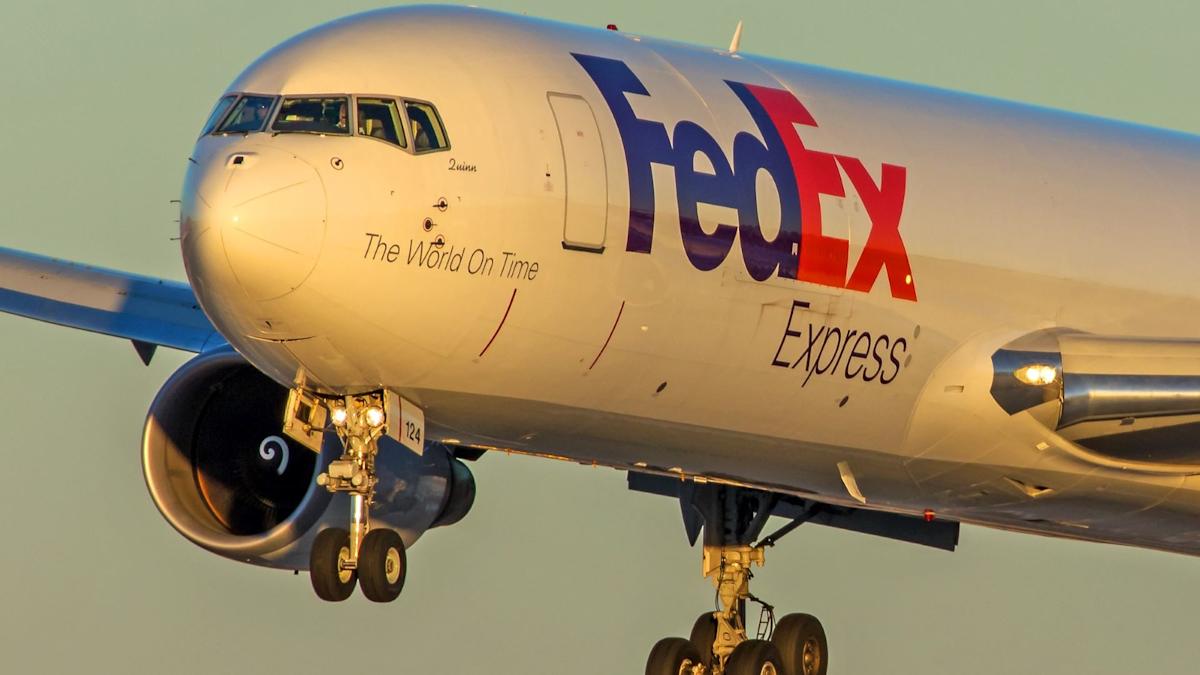FedEx network restructure boosts agility amid shifting trade landscape
FedEx’s broad organizational and network redesign the past two years increased the integrated logistics provider’s adaptability, which is paying dividends by delivering added customer value in the face of shifting trade, regulatory and structural industry changes, top executives said.
Another theme that emerged from an in-person event for Wall Street analysts in New York last week is management’s focus on high-quality B2B business as the primary driver of revenue growth.
As the largest customs broker in the United States, FedEx (NYSE: FDX) has been able to ramp up service for an influx of e-commerce customers looking help paying customs duties and formally filing entries after the Trump administration’s rapid cancellation this year of duty-free treatment for low-value B2C parcel shipments, CEO Raj Subramaniam said at the Baird Industrial Conference last week.
FedEx is also moving quickly to leverage its vast shipping data to deploy applications that simplify cross-border trade execution, as companies rethink production footprints and supply chain patterns. Towards that end, the company is using its voluminous historical trade data and generative artificial intelligence to predict classification codes.
“We’re helping our customers from a demand perspective, realigning supply chains and sourcing, and from a technology perspective, helping them to clear customs in a more complex world,” he said.
FedEx previously reported that the termination of benefits for direct-to-consumer shipments cut first-quarter operating income by about $150 million, but Subramaniam said the overall impact on the company will be limited because 70% of international exports move through B2B channels.
FedEx’s ability to quickly interpret regulatory and policy changes in Washington and elsewhere, powered by a large trade compliance and legal department, enables the company to quickly pivot services on behalf of shippers, officials explained. U.S. importers are also dealing with huge import bills associated tariffs imposed on China, the European Union, Mexico, Canada and other trade partners this year.
FedEx in 2023 launched a wholesale transformation campaign to eliminate excess capacity and improve profitability in response to slower parcel growth and investor expectations. Operating companies are no longer operating independently, but in coordinated fashion under one corporate structure. The company is in the process of integrating the legacy Express and Ground networks in the U.S. after completing a similar consolidation in Canada. The Network 2.0 plan is to combine about 650 Express and 650 Ground locations into 850-to-900 combined locations. FedEx is about 25% done with the network integration and expects to complete the job by the end of May, management said during a separate event hosted for Wall Street analysts.



Leave a Comment
Your email address will not be published. Required fields are marked *